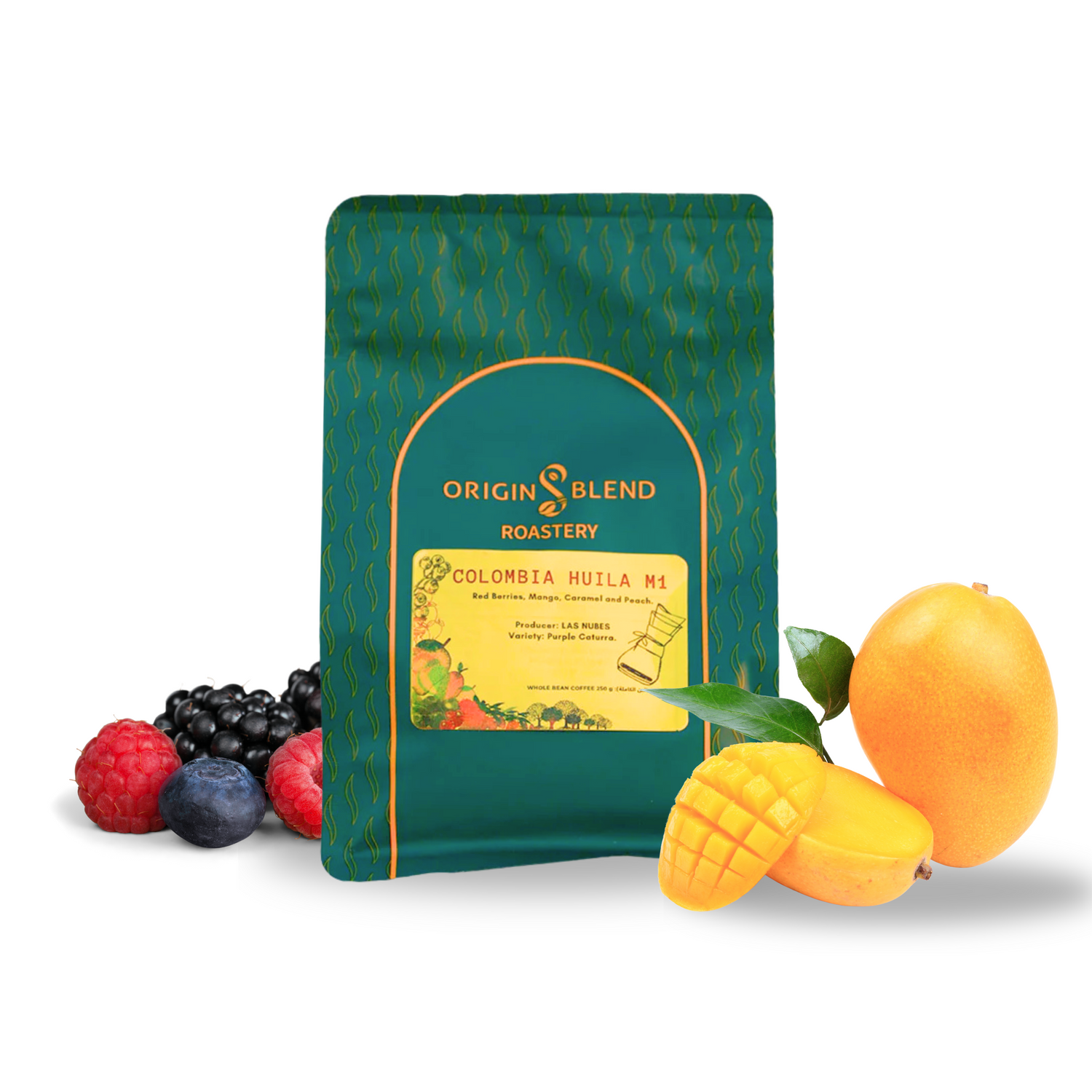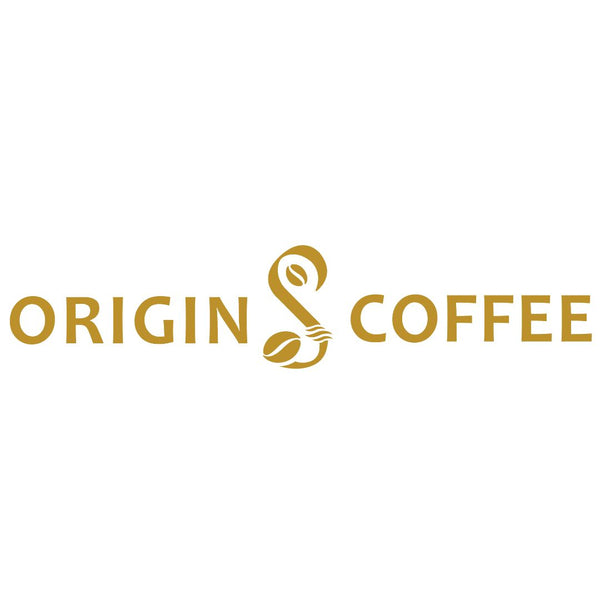SCA Roasting Skills
![]()
SCA ROASTING SKILLS FOUNDATION
The Roasting Foundation course gives the learner an understanding of the roasting process, including the physical changes that take place during the process, and how to control sensory aspects of the coffee by roasting light or dark.
Learners will also gain an understanding of the basic structure of the roasting machine, and general maintenance and fire prevention.
SCA ROASTING SKILLS INTERMEDIATE
The Roasting Intermediate course builds upon the introductory concepts of the Foundation course.
It is ideal for someone who has roasting and desires to gain a deeper understanding of the roast profile, how the profile relates to color, the relationship between roast profile and sensory expression, and the impact of development time.
Learners will further explore the physical and chemical changes as well as basic thermodynamics and heat transfer that occurs during the roast.
Thereafter there will be an introduction to sample roasting and a review of safety and maintenance protocols in the roasting plant.
SCA ROASTING SKILLS PROFESSIONAL
The Roasting Professional course is designed to build upon the concepts and skills introduced in the Roasting Intermediate course.
Learners will gain advanced skills in profile development and sensory analysis evaluation.
This course dives deep into a wide range of topics including control and color matching within different and specified time limits, use and configuration of roast profile software, molecules involved in browning reactions, gas formation during roasting process, chemical causes of color and impact on solubility, visual identification of roasting defects, blending, quality control as well as an exploration of production options to help meet differing customer preferences.
A written exam confirms professional course knowledge, while a practical exam assesses the learner’s ability to roast to different development time targets within narrow limits, score a roast color visually, identify common roast defects through cupping, and finally distinguish between small and large differences in a roast profile to simulate production quality control processes.

